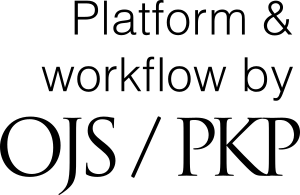A Better Method for Pharmaceutical Quality Control for Impurity Profile Data
DOI:
https://doi.org/10.22377/ijpba.v15i02.2131Abstract
In the pharmaceutical industry, an impurity is any extra organic substance that is not a part of the medicine or component, or any unwanted chemicals that are left over after synthesis. Pharmaceutical contaminants are undesirable materials that are left over or created during the production of medications. The existence and amount of impurities in pharmaceuticals can significantly affect their quality and safety; hence, there is an urgent need for a systematic and comprehensive medication impurity profiling technique. Moreover, industry productivity is under constant pressure to increase. The quality of the medication is being adversely affected by the presence of impurities. Among the various types of contaminants are degradation products, byproducts, penultimate impurities, intermediates, and starter materials. Impurities come in many different forms, including beginning materials, intermediates, penultimate impurities, byproducts, and degradation products. The process of impurity profiling aids in the identification, detection, and measurement of different kinds of impurities as well as residual solvents in pharmaceutical formulations and bulk pharmaceuticals. It is the most effective method for describing the stability and quality of pharmaceutical formulations and bulk medications. This review paper addresses the pharmaceutical impurity profile.
Downloads
Downloads
Published
How to Cite
Issue
Section
License
Copyright (c) 2024 Ajay Kumar Shukla

This work is licensed under a Creative Commons Attribution-NonCommercial 4.0 International License.
This is an Open Access article distributed under the terms of the Attribution-Noncommercial 4.0 International License [CC BY-NC 4.0], which requires that reusers give credit to the creator. It allows reusers to distribute, remix, adapt, and build upon the material in any medium or format, for noncommercial purposes only.


